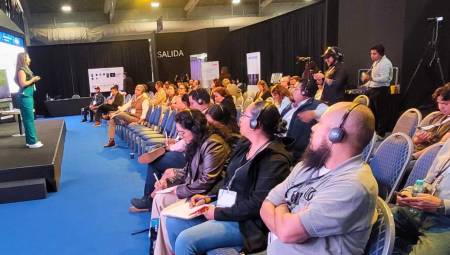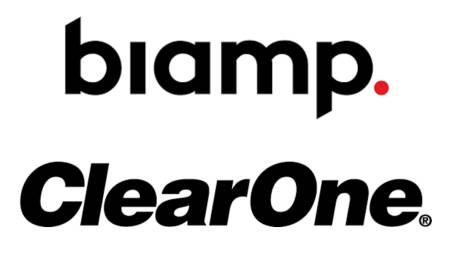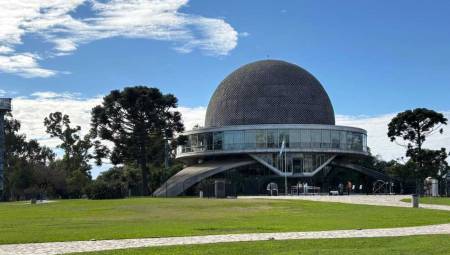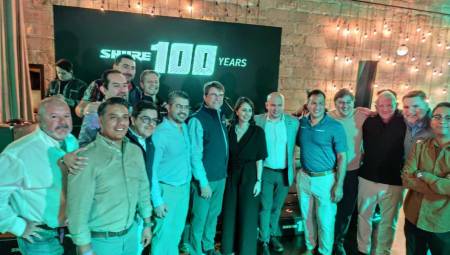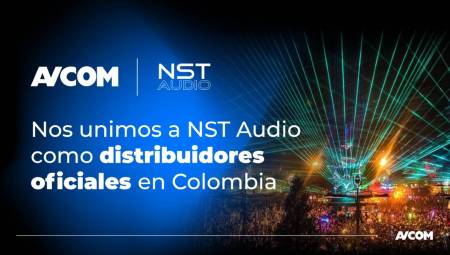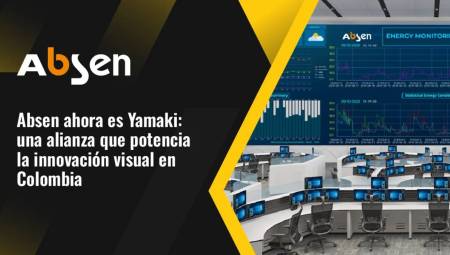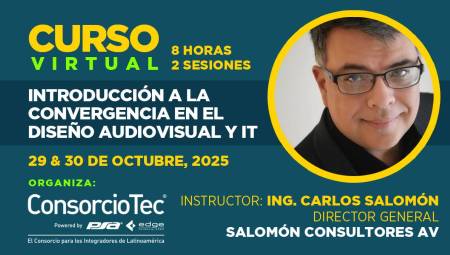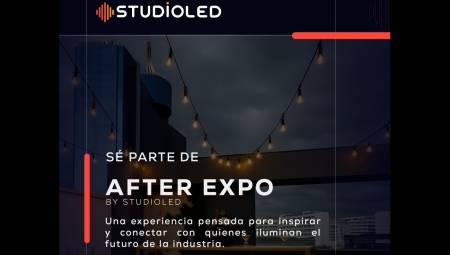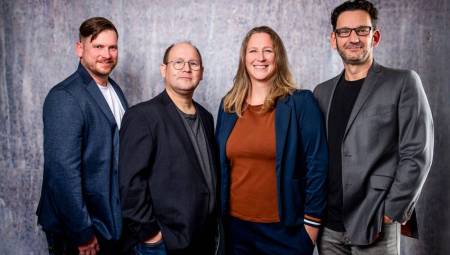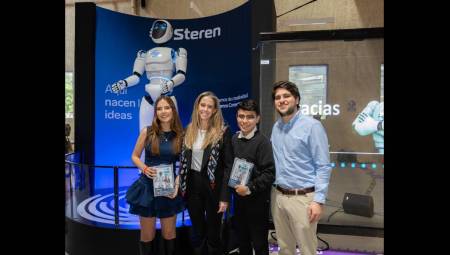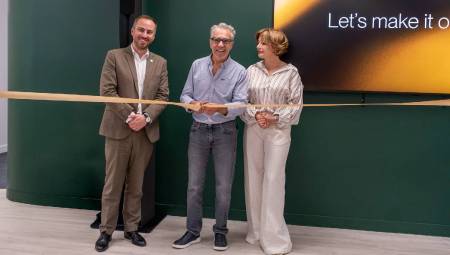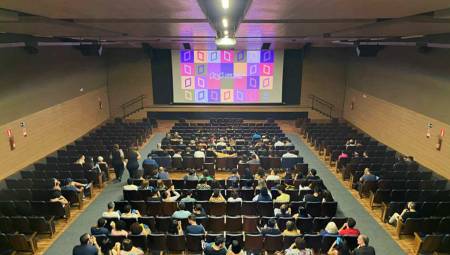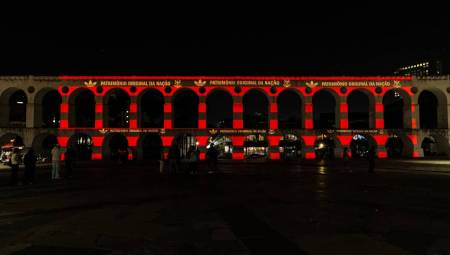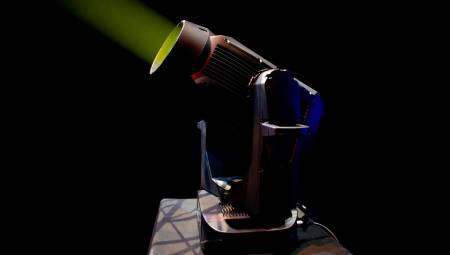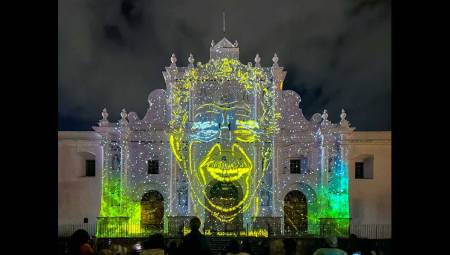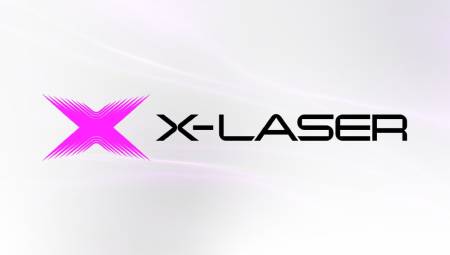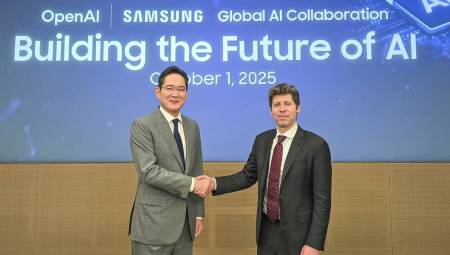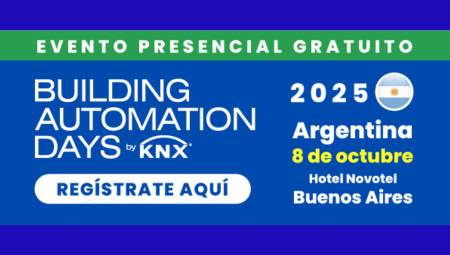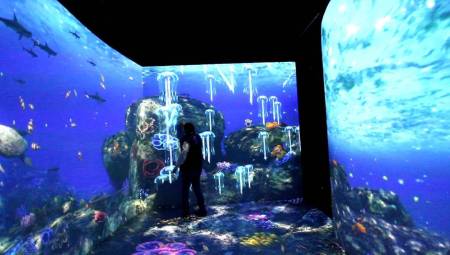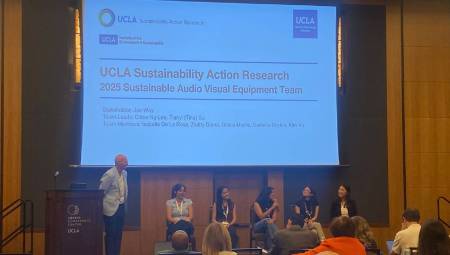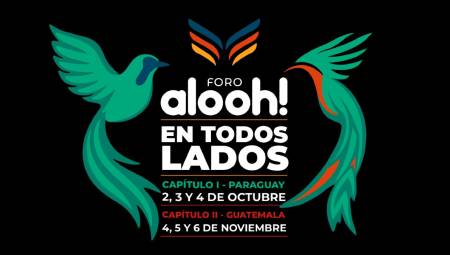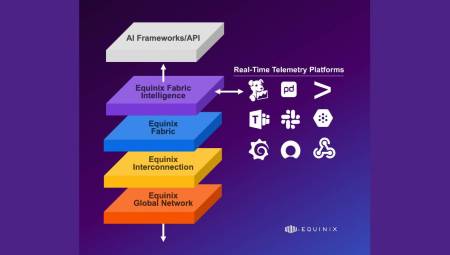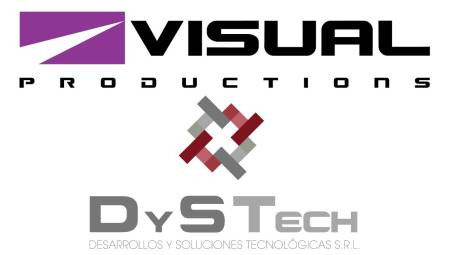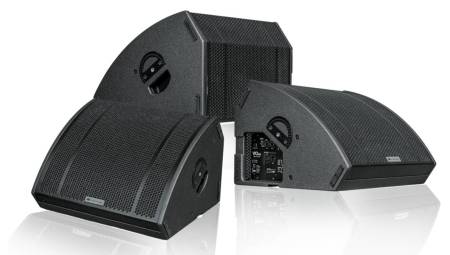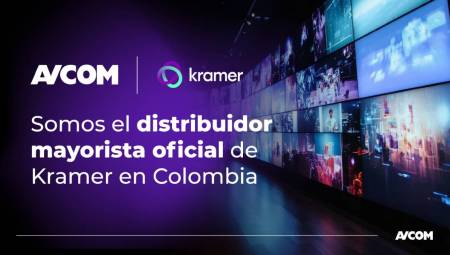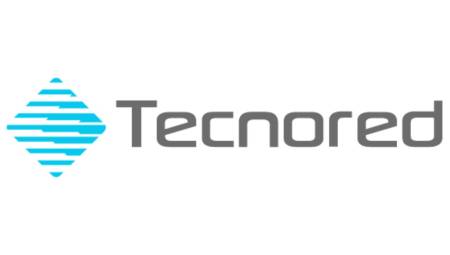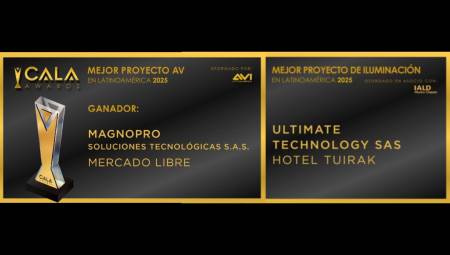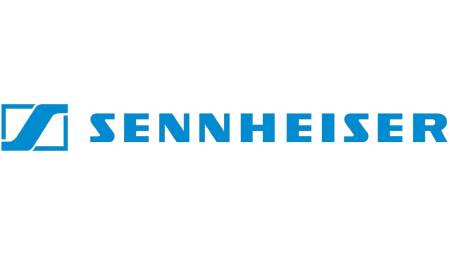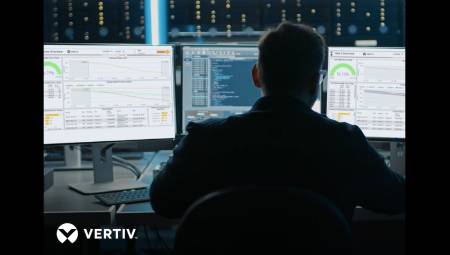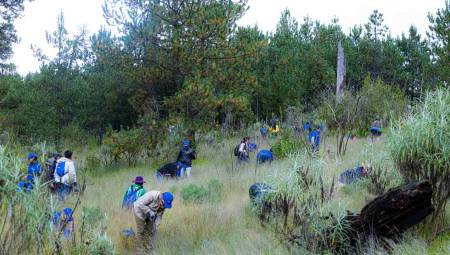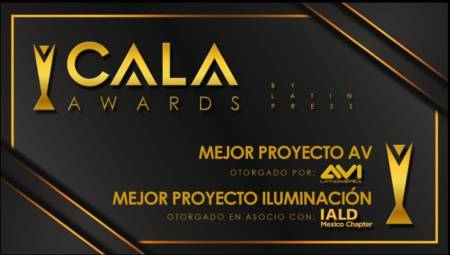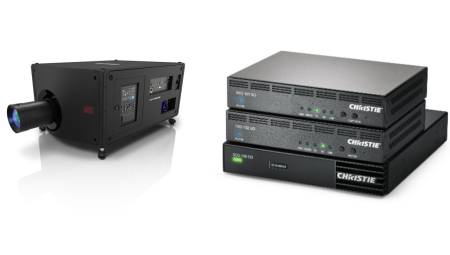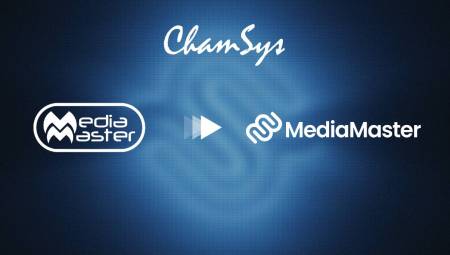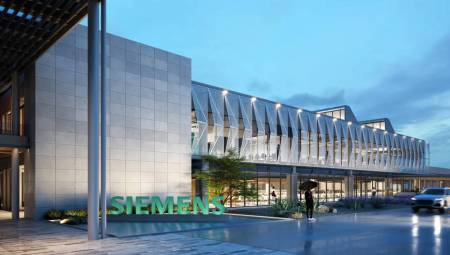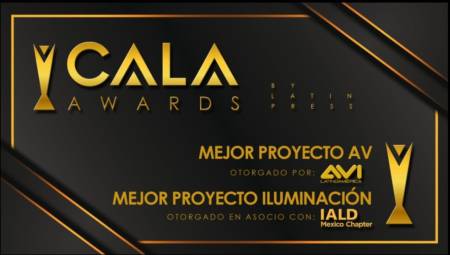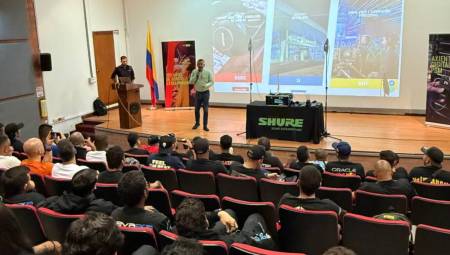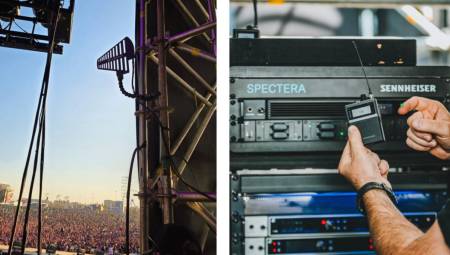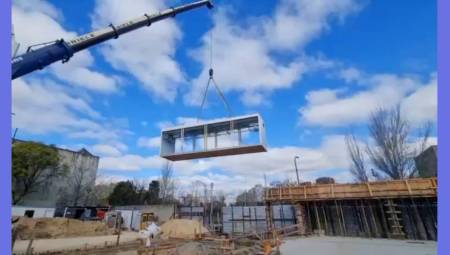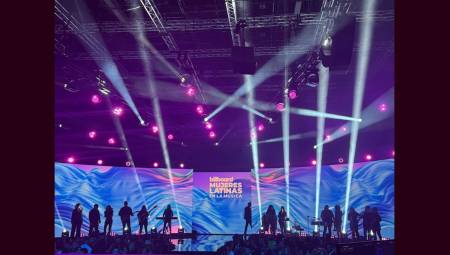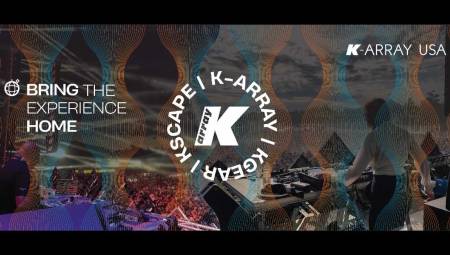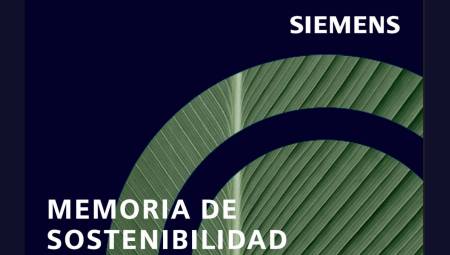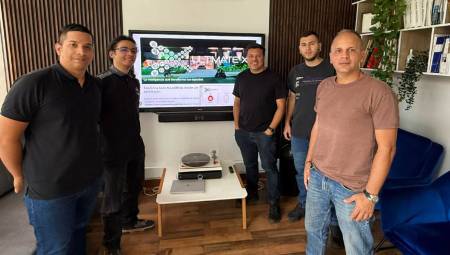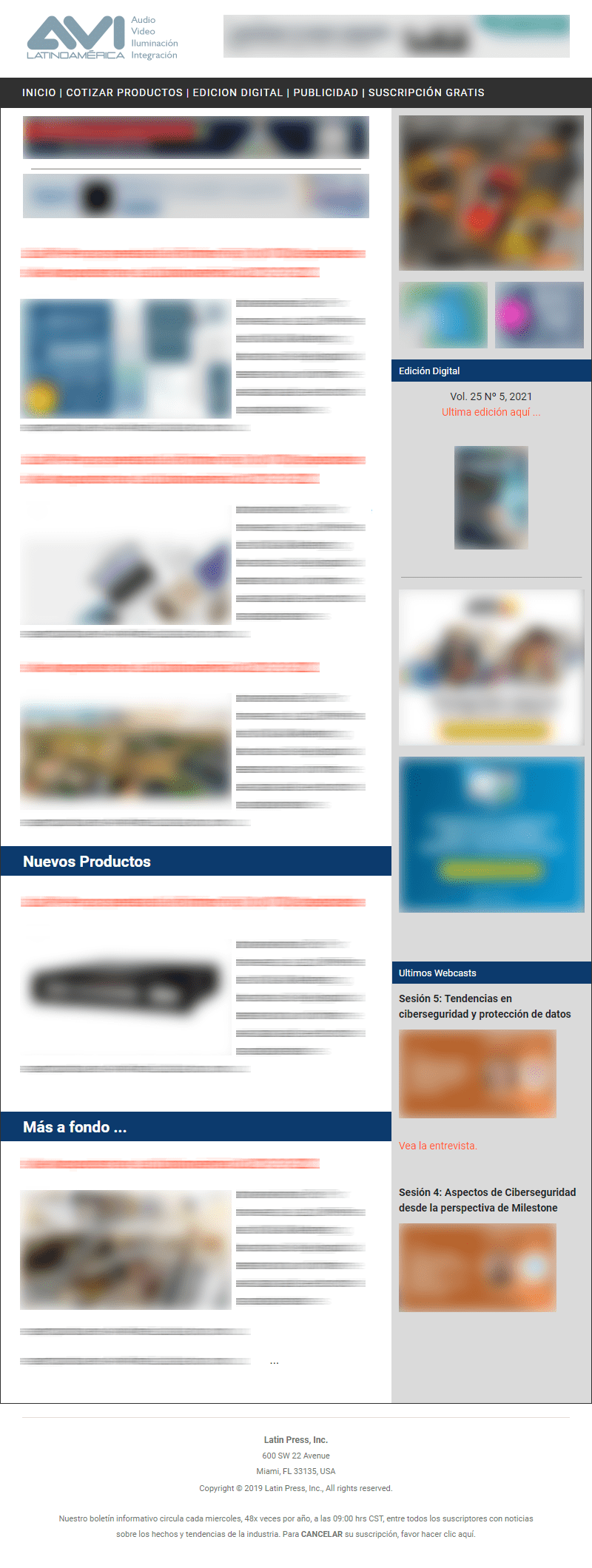 In the early years of the Mexican audiovisual industry, local engineers developed equipment that competed with those of international manufacturers with extensive experience.
In the early years of the Mexican audiovisual industry, local engineers developed equipment that competed with those of international manufacturers with extensive experience.
By Alberto Camilli Colunga*
In 1976, we had produced a Program for Petróleos Mexicanos, which was projected during the inauguration of the Tula Refinery, by Luis Echeverría. using the three-screen/six-projector format, but each screen was 10 meters wide.
The Kodak projectors did not give enough luminosity, even the new Bright Light, so we sent to manufacture the company Orcon of the United States, some double projectors, which by means of a motor and a mirror, alternated the sending of the light beam to each of them, the huge difference, was that the requested light source was a Xenon gas lamp of 1,000 Watts, the same that was used in the most modern cinema projectors (we have always been followed by the worm of the cinema); those would be able to give us the required luminosity.
The projection was made at the head of the administrative building of the refinery. The impact was great, President Echeverría liked it so much, with whom we worked very closely, that he called me and said: "Take this to the Exhibition that we are going to have in Holland, we are going to screen the Europeans". And yes, it managed to shield the Europeans and this was reflected in the newspapers on the front page.
A curious case that occurred with these huge teams was at the International Congress of Architecture. Two companies were going to present papers by different Mexican architects. The huge auditorium. The screen, approximately 14 or 15 meters wide, the dear friend Jack Misrachi was responsible for a Multivision Unit; which had been placed in the intermediate corridor of the enclosure, because the shot from the cabin was huge and if they went to the booth, the result would be disastrous.
For a change, our clients: the architects Ángel Borja Navarrete and Joaquín Álvarez Ordóñez, respectively, had a tremendous pique, from the University itself, many years ago, because they had been, both, student leaders, both were Presidents of the Association of Architects. It was a constant confrontation.
Commenting with Jack shortly before logging in, he asked me: what time is your presentation going to happen? I replied: "finishing yours, there is a break and we enter." He replied: "the break is 10 minutes, we are not going to remove the equipment from here, there is no time, what are you not going to ride in the corridor? No, I replied. my team mounted it since last night in the projection booth." He laughed and said, "From the cockpit? you're crazy, you're not going to see anything, it's a huge shot and a very big screen." Calmly and surely, I told him "don't worry, we've already done, tests and it looks great". He laughed again and a few minutes later his presentation began. Despite being in the hallway, because of the size of the screen, the image was quite dark, but the existing professional equipment was being used, there was no more.
With all bad intentions I stayed in the corridor, passed the recess and started the presentation of the architect Álvarez Ordóñez. On the intercom I was carrying, I gave the order to start at the right time. My technicians were ready. The equipment was turned on, for the first time we used the Orcon projectors in Mexico City, nobody knew them. The difference in sharpness, color and luminosity was abysmal, the projectors had lamps for that type of auditoriums, they were operating for what they were designed, to deliver beams of light of very high power.
Jack, he didn't come out of his amazement. The technicians next to him, turned to see. A few seconds later, he arrived with Jack the Architect Borja, tremendously upset, I knew him, because he was Vice President of I.C.A., our client since 1961, but on that occasion, he had not given us the job, and he said: "Why does this presentation look like this and mine looked so dark?" The architect turned to see me and asked me: Do you bring that projection? I answered yes, he shook his head and retreated. At the end of the event, he told me, "wherever you go back to work with Joaquín, we will not give you chamba again in I.C.A". Fortunately, that threat did not go beyond being a moment of frustration that was soon forgotten and we continue to work on I.C.A., to date.
Growing competition
Several important companies in the field had already been consolidated, although it is fair to say, the mothers of all were: Mannin Display, Multivisión and Docam, true express universities of a large number of producers. From there emerged: Mundo Audiovisual, Opus 35, Orbitel, PTV Audiovisual; Agustín García Garibay, Los Guasque, Jorge de Valdés (the father, with his sons Jorge and Antonio); Pablo Niebla, Jean Baurez, Brothers Jorge and Manolo Robert, who later separated; and some others, that were "hacking" technicians or that the producers themselves formed their own company.
For our part, in February 1978, my wife and I had separated from Docam and had formed, with our children, Alberto, María Eugenia and Carmelita: Multishow, which was born in the middle of the beginning of the Audiovisual boom. Although of course we also started making films. Photo Nice (with the great Thomas at the head) and with Antonio, Eugenia and Susana; Carlos Zavala, his wife Carmina, his brother-in-law and several other relatives.
How many memories, how many anecdotes... But yes, all of us were the pillars of that generation and we also made up that "pool" of producers, with great enthusiasm, nascent knowledge and a great affection for our work.
AMPAV is created
Teams began to arrive in Mexico that would radically change audiovisual production and that in the hands of local technicians, a mixture of ingenuity in abundance and new technological supports, we managed to produce true works of art: some companies decided on the AVL equipment, the Pigeons, Crows and Eagles, models of different capacities, operated based on "modules" of three projectors.
They competed first with the Media Mix and later with director 24 of Spindler & Sauppé, of modules of four projectors per channel; Arion, on the other hand, also operated with modules of four. Reliability was very important for the producers, the opinions were dissimilar, each one defended the brand he had acquired.
We will have been, about 12 to 15 companies, which in the early 80's, we were operating at a professional level 100% and before the pressures of Kodak and several customers and suppliers that caused us problems, we decided to join and form the Mexican Association of Audiovisual Producers (AMPAV), its first president: Carlos Zavala, the eternal secretary of the Association: María Eugenia Nava Martínez, Manager of Multishow.
That idea gave us great strength, we were able to pressure Kodak to keep us special costs, give us equipment distribution and with other suppliers. Fruitful situations were also achieved. At the end of the day, we accept them as partners and get even better conditions.
But best of all, we had formed a group of true friends, of people willing to help each other, with the mentality of growing the audiovisual industry. And we succeeded. On many occasions, a production company got a large contract, lacked some details, equipment or personnel and confidently resorted to two or three more companies and solved everything, for the benefit of the client and those who carried out the work.
We, on one occasion, asked to present a piece of equipment that we had designed; all the producers already used as a minimum standard, a widescreen screen that we called 2 + 1; It was twice the horizontal size of a normal screen, but by "quadrupling" images, with soft-edge masks, they were able to make effects that simulated a "run" image on the entire screen, it was something similar to what video projectors currently do with the "blending", but honestly, the quality and definition, still cannot be matched.
To avoid those complications of process, it occurred to me, that since I had made several film productions in Cinemascope format, using the special optics, which compresses horizontally when capturing and decompresses when projecting; because I adapted cinemascope optics, both to photography cameras and projectors.
The result was that with Arion's simplest equipment, a module of four projectors, we were able to produce an audiovisual in panoramic format, with very good effects and with an incredible simplicity of production. The impact we caused by presenting it was enormous, increased even more, because Schnider, the German optics factory, had presented immediately before us, lenses that "lengthened" the image by 50%, but obviously did not reach the 2 + 1, which we were achieving.
Situations like these, there were many. Honestly, Mexican producers achieved a well-earned reputation, of having the highest production achievement internationally. It was the decade of the 80's, Mexico, the AMPAV and a powerful and well-founded audiovisual industry.
*Alberto Camilli Colunga, Commercial Director of Eventos Comunicación e Imagen, S.A. de C.V.


















































